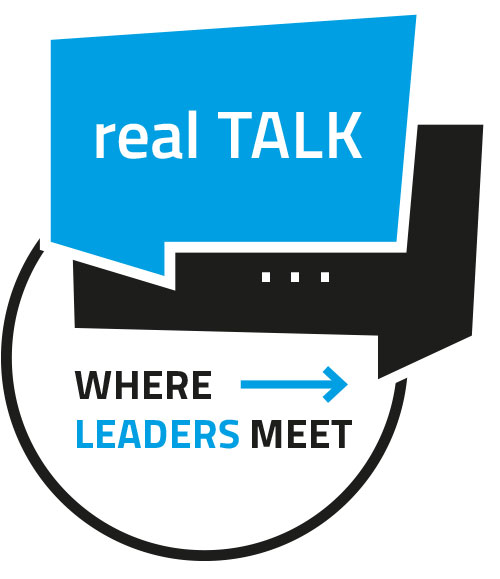Shopping in this day and age can be enormously limiting. In contrast to booming online retail, there is often a lack of convenience, choice and service. That’s why retailers urgently need to step up their game, and the digital store concept can help.
It can be tedious to be out and about in the city centers today. The selection is often very limited, some sizes are simply already sold out. Running between stores is tiring, the selection is often unsorted and boring, and to make matters worse, opening hours are extremely restrictive. In other words, our daily shopping is in desperate need of an update so that it remains attractive and online retail doesn’t completely overtake it.
Simplify shopping thanks to digital solutions
Basically, it takes the right amount of technology to transport a higher level of shopping convenience to local stores. This is where the smartphone comes in handy. Almost every German now owns one. It can serve as an interface between the digital shopping experience and in-store shopping. The special service often starts with payment. Instead of standing in line at the checkout, all goods can be scanned with a practical app and paid for directly. The customer then simply does this himself and saves the help of the checkout staff. To make this even easier, special areas such as extended counters are needed to increase convenience. Customers can then place everything from their shopping baskets there, scan it and pack it. If something has been forgotten, a recognition program at the exit reports this and beeps. So thefts don’t stand a chance!
Expand the offer virtually
Of course, it can still happen that you miss something while strolling past the extra-large shop windows. In this case, your own shopping can be supplemented by a digital offer. Be it in the form of goods that can simply be reordered and picked up at the click of a mouse or in the form of convenient subsequent deliveries right to your own front door. In this case, shopping does not end in frustration when the new favorite item is not available in the desired size or color. Own product labels can also help to find the desired parts in the store or to retrieve them from the warehouse. Appropriate solutions are already available and are being eagerly tested before customers can finally use them.
Going shopping with robots in a digital store
Since many things can now be easily done by customers themselves, store operators save on staff, which in turn reduces costs. They are reduced even more if some tasks are taken over by robots. For example, they can sort and replenish the inventory, greet customers at the entrance, show them the way to certain items, or cash up. The possibilities are enormous and at the same time very customer-oriented and entertaining to implement. Many Asian countries already have such robots, which take over their tasks in the store as a matter of course. Germany is still lagging behind somewhat.
Use gamification
Experts use the term gamification to describe a shopping experience that can be mastered in a playful way. According to surveys, most customers find shopping rather boring and count it as an unloved chore. But what happens when they can play exciting games in the middle of the store? This has also long been a reality in some stores. Exciting guessing games, vegetable battles or search games with prizes have long since arrived on cell phones and suddenly make shopping, which is hated as boring, highly interesting. Many will find themselves at the checkout with a full shopping cart without realizing that the shopping is already over. Finally, it is certainly interesting when exciting advertisements, short films or the like are played on the cell phone directly or via large digital walls. This makes the supermarket look like a play in which the customer plays the leading role and is simultaneously addressed subconsciously and informed about the best offers.
Image copyright: ra2studio




